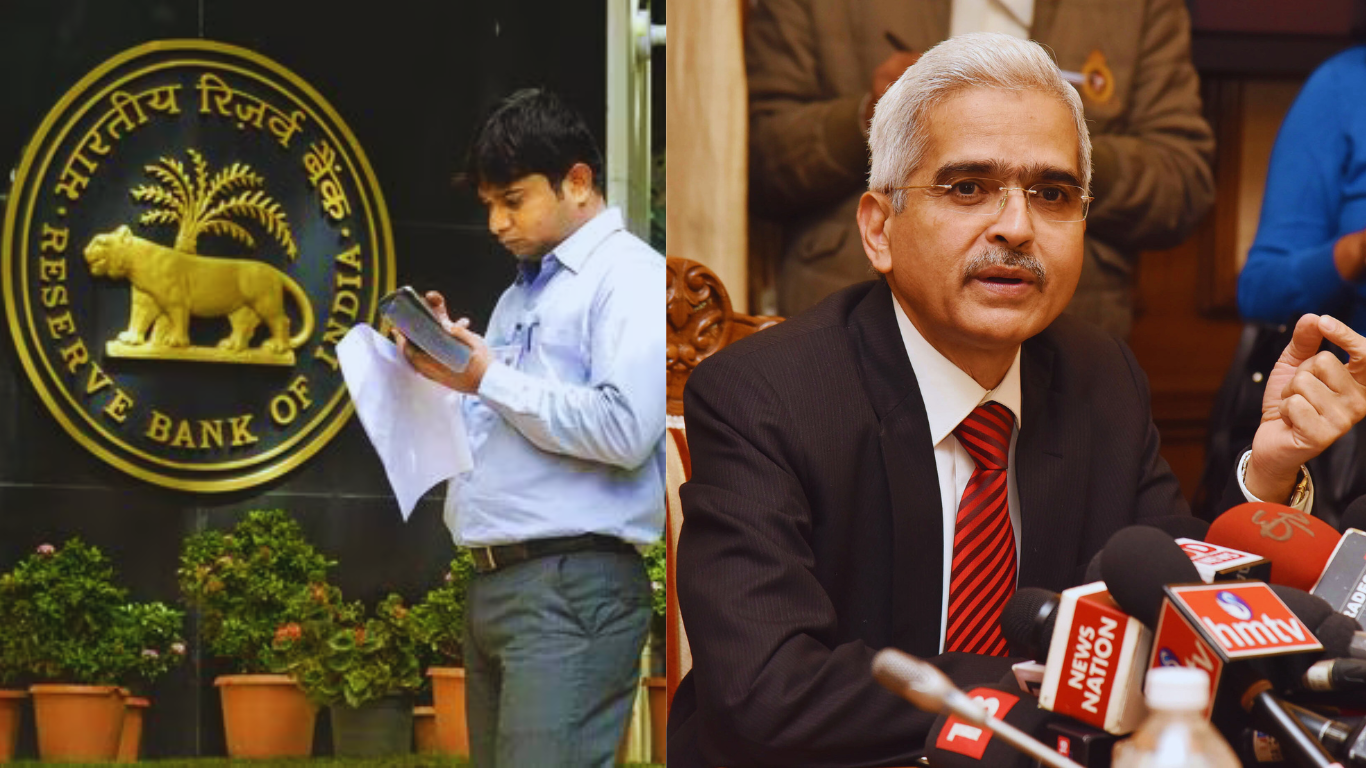The Reserve Bank of India’s (RBI) Monetary Policy Committee (MPC) concluded its three-day meeting following the interim budget, marking the first policy decision of the calendar year 2024 and the final one of the financial year. It is widely anticipated that the committee will maintain the repo rate at the current level of 6.5 percent, continuing a trend of stability, with this being the sixth consecutive time the rate remains unchanged. This decision is aimed at supporting the objective of achieving a consumer price-based inflation (CPI) target of 4 percent.
Nuvama, a brokerage house, suggests that while the MPC is likely to keep the repo rate steady at 6.5%, it may adopt a softer monetary stance, transitioning from ‘withdrawal of accommodation’ to ‘neutral’. This shift aligns with the observed softening in domestic economic momentum and the rapid tightening of fiscal policy. However, Nuvama does not anticipate any immediate discussions or guidance regarding the timing or path of rate cuts. The brokerage firm emphasizes that rate cuts are still distant, especially considering the persistently elevated headline CPI and the RBI’s commitment to curbing CPI to 4%.
Nuvama outlines key reasons behind its forecast:
i) Core CPI is currently below 4%, indicating a comfortable level.
ii) Weakness in domestic private consumption and exports, reflected in subdued revenue growth for businesses.
iii) Anticipated rapid fiscal tightening in FY25, as indicated by the Union Budget.
The expectation is for the RBI to signal the end of tightening, akin to the approach taken by the US Federal Reserve, by softening its stance. However, Nuvama believes that the MPC is unlikely to rush into guiding for lower rates just yet, given India’s still elevated headline CPI, primarily driven by food prices, and the Federal Reserve’s ongoing hold. The brokerage emphasizes that the RBI’s commentary on liquidity will be closely scrutinized.
Although the RBI policy announcement is expected to be a non-event similar to the interim budget, attention will be focused on five trends:
Economic Growth: Ajit Kabi, Research Analyst at LKP Securities, predicts that the economy is poised to grow at a rate of 7.3%, buoyed by robust investment expansion expected at 10.3%. Industrial growth is anticipated to surge to 7.9% in FY24, a notable increase from the 4.4% recorded in the preceding year. However, there are concerns regarding the considerably slower growth in consumption demand, which typically accounts for 50% of GDP. Additionally, the agriculture sector faces challenges due to below-average rainfall. Nevertheless, overall indicators suggest that real GDP figures are expected to remain robust. Given the improved economic outlook, Kabi suggests that the RBI may revise its growth projection for FY24 upwards to 7.3%.
According to Kabi, the headline inflation stood relatively high at 5.7% in December, primarily driven by elevated food prices, particularly pulses, legumes, and spices. However, core inflation is stable, which remains below 4%.
Inflation: “The persistent high inflation has raised concerns among policymakers, with the RBI governor stressing the need for headline CPI to align with the 4% target. Below-average crop sowing during the winter season has added to these concerns. Nevertheless, there’s been a consistent easing in core CPI, dipping below 4% in December, marking a post-COVID low. This indicates that the secondary effects of elevated food inflation have been limited, offering some reassurance to policymakers,” highlighted Nuvama in its report.
Liquidity management: In the forthcoming MPC meeting, the RBI is expected to maintain its focus on liquidity management, particularly in response to persistent tightness in the money market. Call money rates have consistently stayed above the repo rate, indicating ongoing challenges. Despite some recent moderation, liquidity within the banking system has remained in deficit since the last policy meeting, reaching a peak of over ₹3.5 trillion in the final week of January. This deficit has tightened overall money market conditions, leading to a segment of the yield curve inverting.
CareEdge noted that while an increase in government spending in the coming days may help alleviate the liquidity deficit to some degree, the overall liquidity situation is projected to remain tight.
Domestic demand: As per Nuvama’s analysis, rural demand continues to lag, with various high-frequency indicators such as commercial vehicle sales, electricity generation, fuel consumption, government spending, and businesses’ revenue growth showing signs of slowdown. Additionally, the recent Union Budget suggests significant fiscal consolidation in the upcoming year, with the Centre’s total expenditure projected to increase by only 6%, falling short of the nominal GDP growth rate. In this domestic context, the global monetary environment reflects a trend where many major central banks have signaled the conclusion of their tightening policies, though the specifics regarding the timing and pace of rate cuts remain uncertain.
Fiscal balance: Kabi noted that the government’s indication of narrowing the fiscal deficit target suggests a departure from populist spending or incentives in anticipation of the upcoming general election.
External situation: In a recent report, CareEdge highlighted the favorable external environment, citing narrowing trade deficits and robust foreign exchange reserves. Notably, the goods deficit in December hit a five-month low of $19.8 billion. Projections for the overall current account deficit for FY24 suggest a modest figure of 1.2% of GDP. Additionally, cumulative Foreign Portfolio Investment (FPI) inflows for the calendar year 2023 amount to USD 28.7 billion. CareEdge anticipates sustained FPI flows in the future, driven by factors such as India’s potential inclusion in the JP Morgan bond index, potential incorporation in Bloomberg EM Local Currency indices, and the strong performance of the domestic economy.
In summary, the economic outlook appears positive. With core inflation and wholesale inflation holding steady, there’s anticipation that headline inflation will ease in the coming periods, particularly with the arrival of Rabi harvests.



















+ There are no comments
Add yours